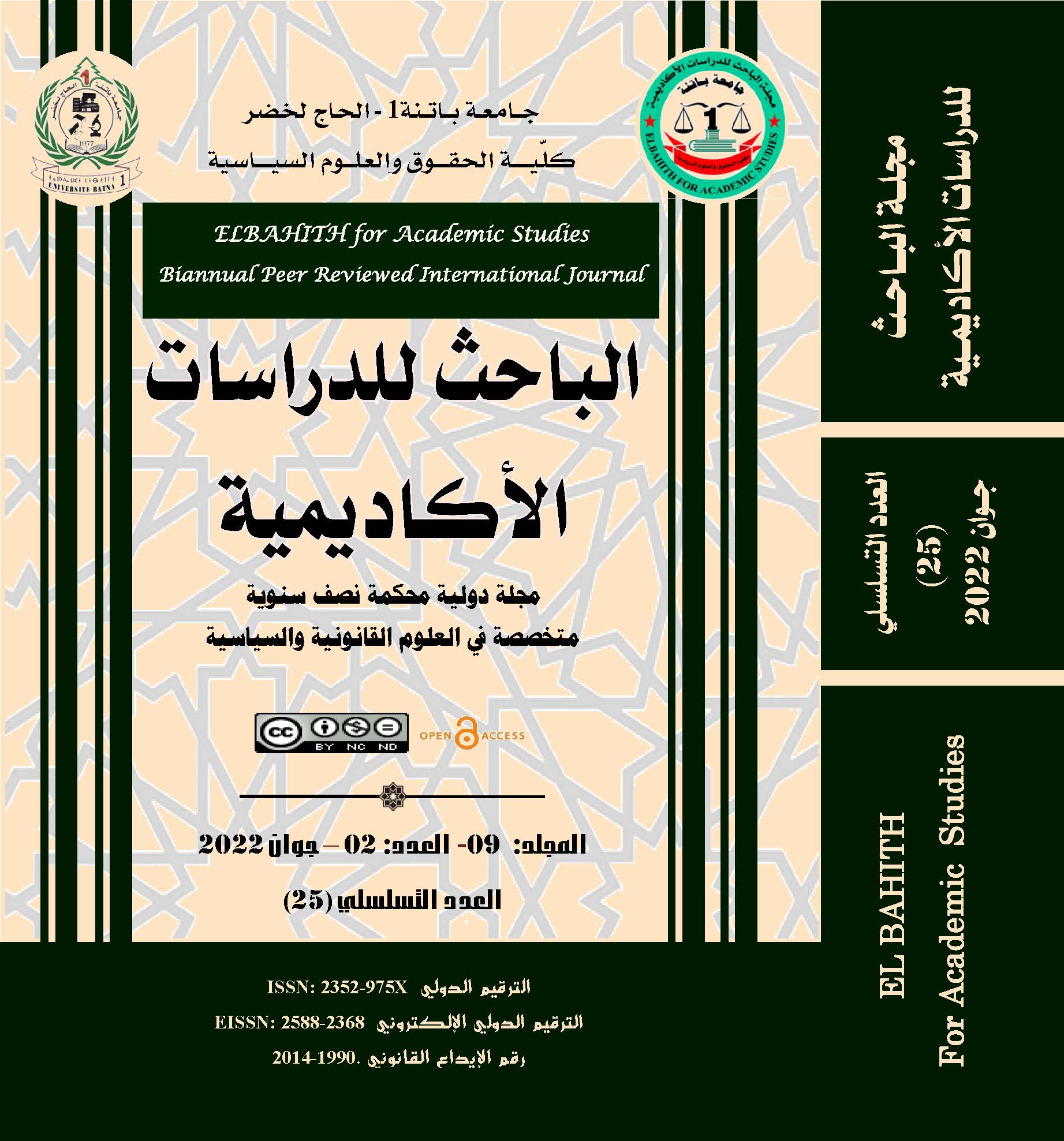Applications of the balancing principle in the criminal trial stage - A study in the light of Algerian legislation
DOI:
https://doi.org/10.59791/efas.v9i2.1587Keywords:
Balance, Accused, Fair Trial, Public ProsecutionAbstract
The public lawsuit goes through several stages, starting with moving it and proceeding with its procedures through the preliminary investigation, which is the stage prior to the criminal trial, and then preparing for the stage of the final trial in which the fate of the criminal follow-up is decided, and based on this proposition, the legislator has surrounded these stages with guarantees Many are required by the goal of a just judiciary, which is the balance of rights between the parties to a public lawsuit.
Accordingly, this study aims to take note of the guarantees and principles of the criminal trial, from which the principle of balancing the opponents was derived.
As for the problem of the study, it revolves around a basic question: How can a fair balance be achieved between the parties to the criminal litigation during the trial stages?
In order to answer the problem posed, the nature of the subject of this research paper requires the use of a methodological approach that adopts the inductive and analytical approach, and this is due to the fact that the principle of balance is one of the principles that were not explicitly stated in the legislation, but rather it is revealed through a set of rules that emerge from it.
As for the most important results of the study, we mention:
- The principle of balance is a prominent and essential element as it is a guarantee and a right at the same time.
- Given the importance of the principle of balance in the process and achievement of a fair trial, we find that most of the constitutions, charters and lofty long-standing legislation have included it in their system.
- The budget principle is not only related to the right of the accused, because it is an integrated principle that guarantees the right of public prosecution.
Downloads
Published
How to Cite
Issue
Section
License

This work is licensed under a Creative Commons Attribution-NonCommercial-NoDerivatives 4.0 International License.




